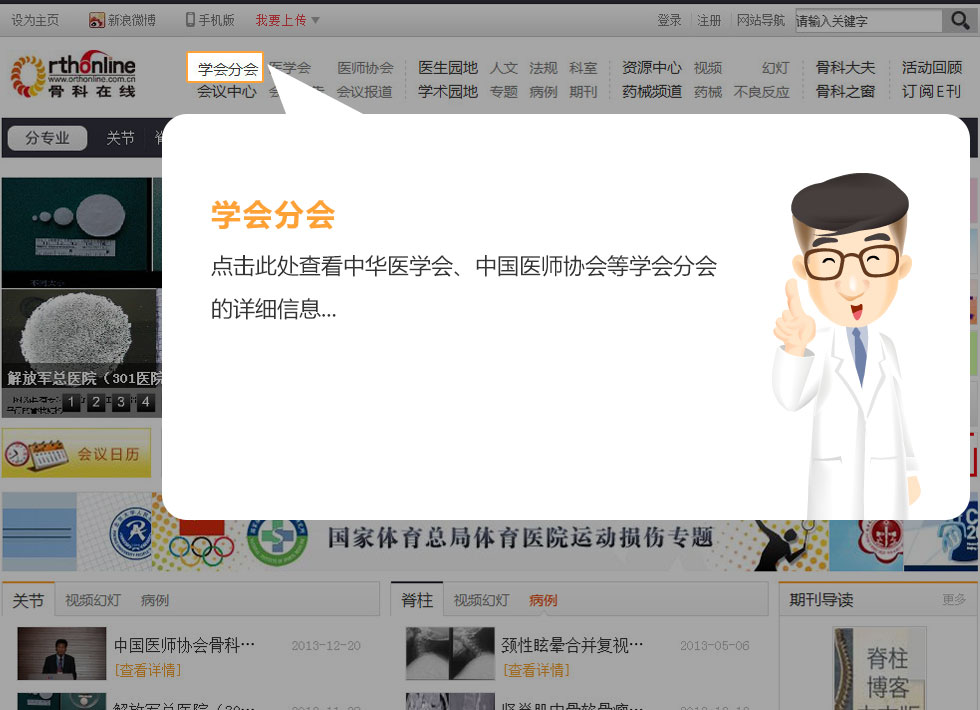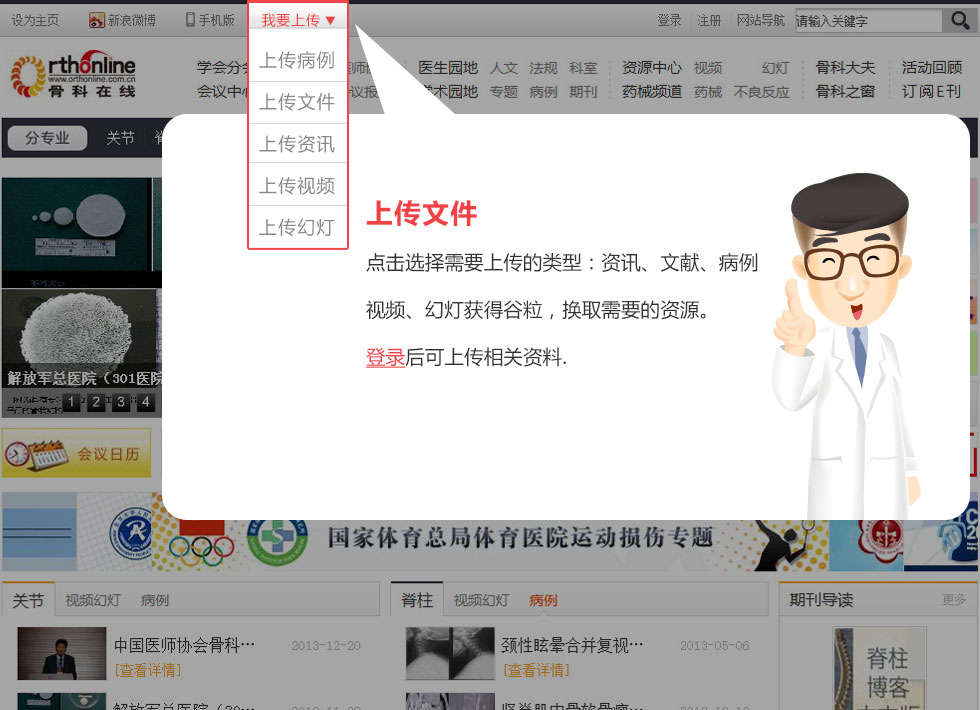Does Torn Discoid Meniscus Have Effects on Limb Alignment and Arthritic Change in Middle-Aged Patients?
第一作者:Seung-Ju Kim
2013-11-22 我要说
Seung-Ju Kim,Ji-Hoon Bae,Hong-Chul Lim
Background:
The purpose of the present study was to evaluate the characteristics of the discoid lateral meniscus in patients more than forty years of age. We studied whether a torn discoid lateral meniscus that has no treatment until middle age would increase the tendency of the knee to develop a varus deformity and investigated the correlation between torn discoid lateral meniscus and osteoarthritis.
Methods:
We retrospectively reviewed the records for 164 knees in 158 patients who were more than forty years old and who underwent a knee arthroscopic procedure from 1992 to 2007. The mean age at the time of surgery was fifty-two years. Comparative evaluation of the clinical and radiographic differences between the eighty-four patients with torn discoid lateral meniscus (Group A) and the seventy-four patients with a torn normally shaped lateral meniscus (Group B) was carried out.
Results:
Preoperative standing anteroposterior radiographs, which were made for all patients, showed that varus deformity was more common in Group A than in Group B and that osteoarthritic changes in both the medial and lateral compartments were also more common in Group A. With regard to chondral injury, Outerbridge grade-3 or 4 involvement was identified in 46% of the knees in Group A and 18% of the knees in Group B.
Conclusions:
In the present study of middle-aged patients, those with a torn discoid lateral meniscus had a higher prevalence of varus knee deformity and a higher prevalence of osteoarthritis. Knees with a discoid lateral meniscus that have diminished valgus alignment should be monitored carefully with long-term follow-up because a discoid lateral meniscus may increase the risk for progression to degenerative knee osteoarthritis





 京公网安备11010502051256号
京公网安备11010502051256号